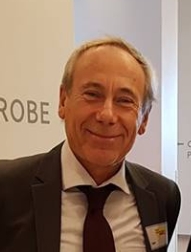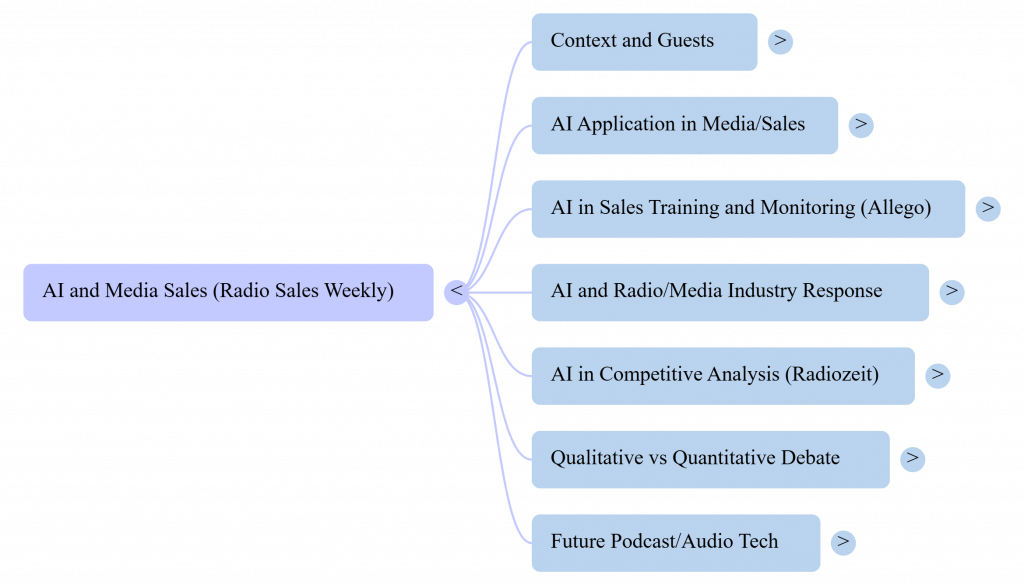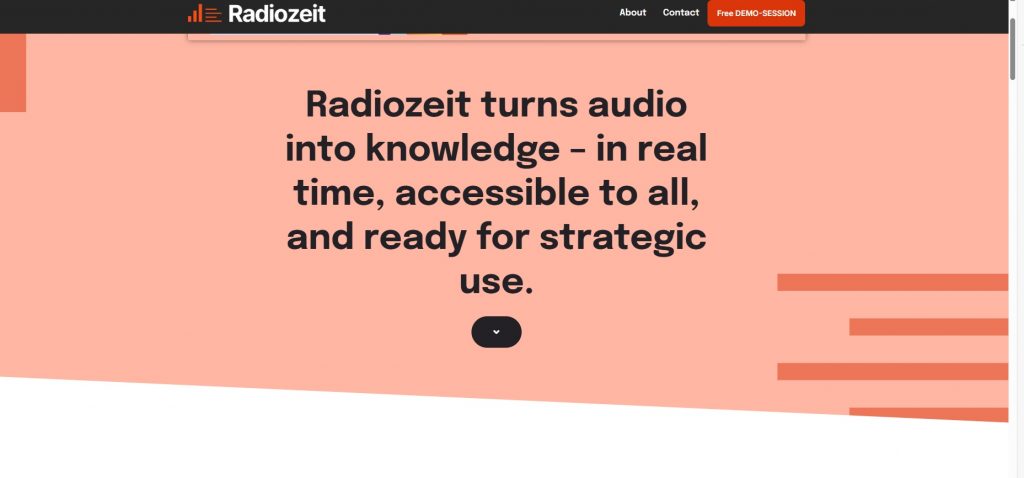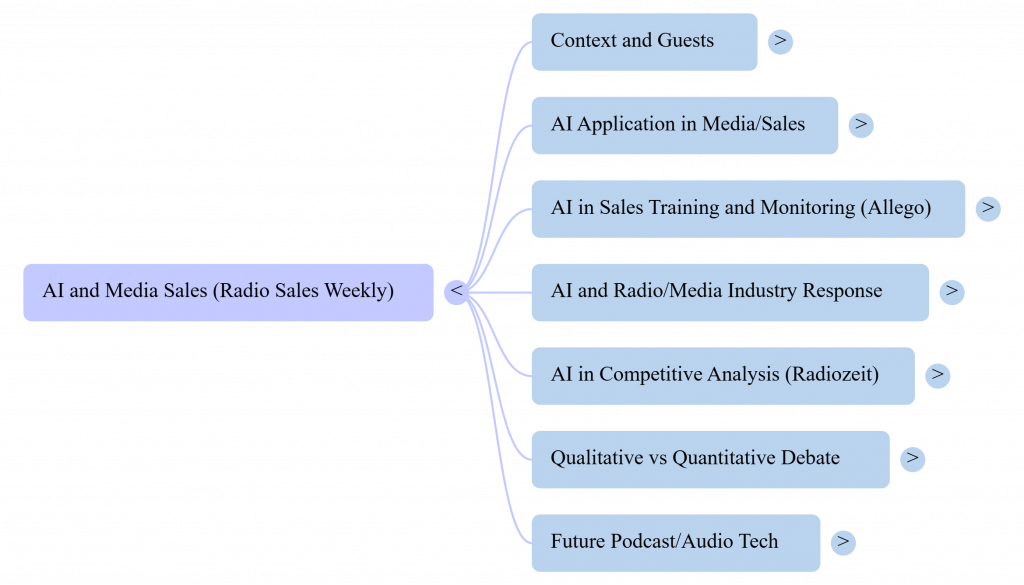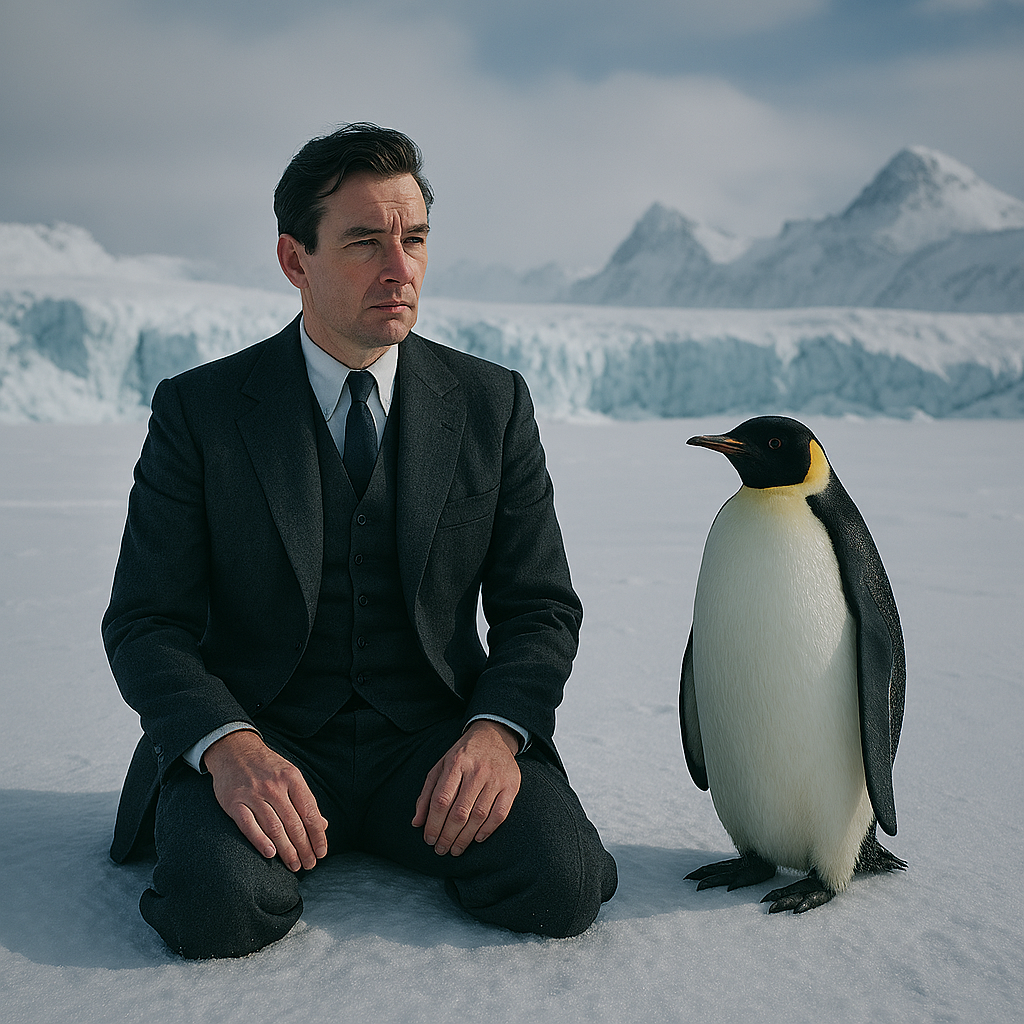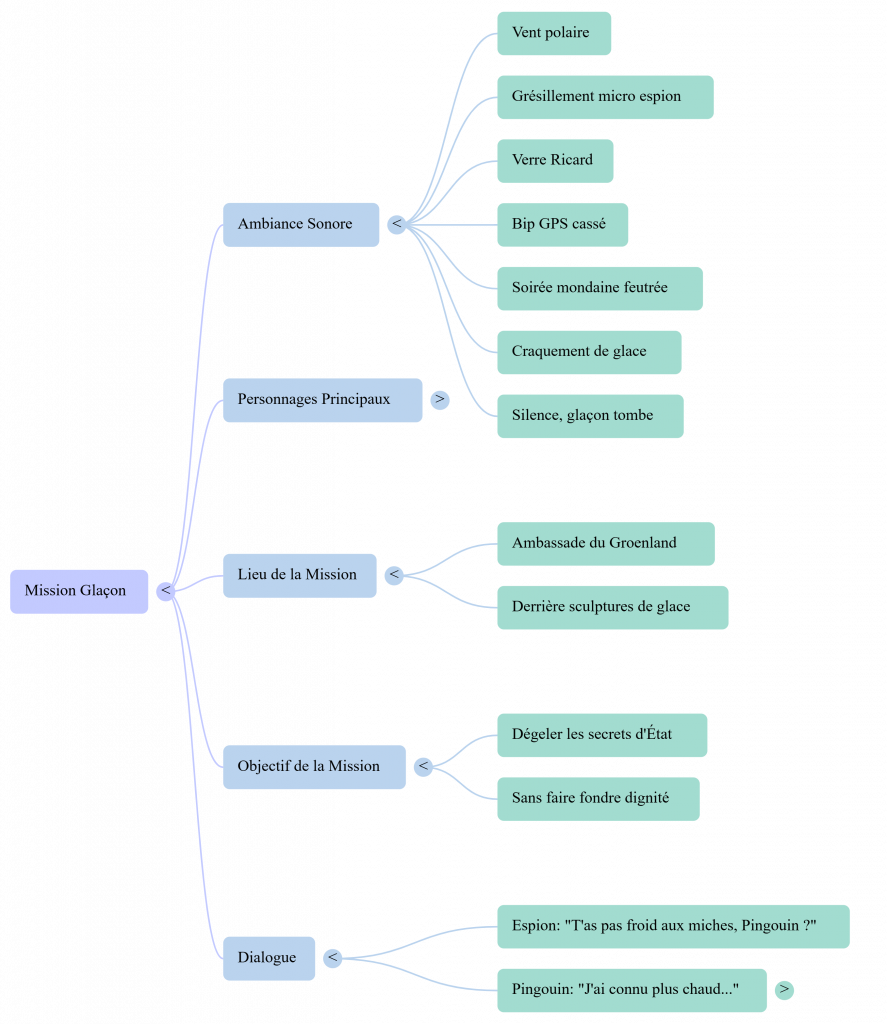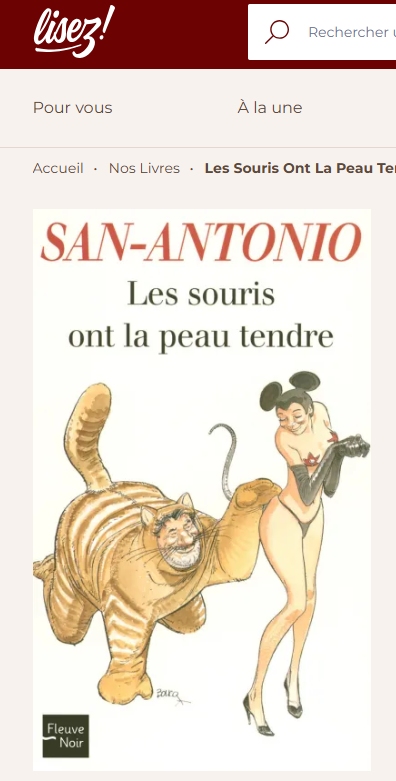
Fernmeldetürme Feldberg, Taunus
Da beschäftigt man sich anlässlich einer Pro-Bono-Tätigkeit mit Menschen aus Westafrika, dem Iran und der Ukraine – und stellt fest: Deutsche Medien? …. werden quasi nicht genutzt.
Bei der Frage, ob sie schon mal einen Fernmeldeturm gesehen hätten, erntet man Blicke wie bei einer Quizshow ohne Joker. Und die Frage ‚Wie empfängt man eigentlich deutsches Fernsehen?‘ sorgt für noch mehr Stirnrunzeln – „der funktioniert nicht“.
Eine spannende Aufgabe übrigens für gemeinsame Spaziergänge zur Erkundung des Umfelds.
In dem folgenden Artikel geht es um Nutzungsgewohnheiten der Zielgruppen, Gründe für eine Medienabstinenz deutscher Medien, sich ergebende Chancen, die sich aus einer Hinführung zu TV, Print und Radio ergeben können und … als Mediamarketer um neue Reichweiten und Beispiele bestehender Sender in Deutschland.
Ungenutzt, warum? Mangels aktueller Empirie habe ich sie einfach befragt. Die Antworten sind eindeutig:
- Geld: Print-Abos sind teuer, Streaming kostet.
- Technik: Fehlende Endgeräte TV und/oder Radio. Kein Kabelanschluss.
- Uninteressante Inhalte: Polit-Talks und Kulturmagazine wirken wie Pflichtlektüre.
- Fehlende Sprachkenntnisse: Wer die Sprache nicht versteht, schaltet ab.
- Heimatverbundenheit: Nach einem langen Arbeitstag möchte man auch einmal wieder im alten heimischen Sprachbad verweilen.
Deutschland diskutiert gern über Integration – am liebsten bei Talkshows, die Migranten selten sehen. Während die öffentlich-rechtlichen Sender mit „Bildungsauftrag“ auf speziellen Internetseiten vertreten sind, fragen sich viele Neuankömmlinge: „Gibt’s hier eigentlich Fußball?“ Die Antwort: Ja, aber erst nach dem Politmagazin und einer Doku über die Geschichte des Grundgesetzes. Integration ist wichtig – aber muss sie aussehen wie Telekolleg 1985 ergänzt um einige Memes?
Kleiner Einschub: Die Frage, ob sich der Sachverhalt bei Expatriats in Deutschland lebend und beispielsweise in Finance oder in StartUps arbeitend anders darstellt, darf geäußert werden. Sie bleiben eher bei der Lingua Franca Englisch und nutzen Streamingangebote. Diese Frage und die folgenden Ergebnisse ohne Empirie aber „beobachtungsbasiert“. Empirische Daten und Bewertungen insgesamt am Ende des Artikels oder auf https://dasmedienzentrum.org/?p=1866.
Migration und Mediennutzung in Deutschland: Neue Zielgruppen, neue Chancen
Deutschland hat durch Migration einen deutlichen Bevölkerungszuwachs erfahren. Ob erste Generation oder Enkel der Gastarbeiter – wir sprechen von Millionen Menschen. Für die Medienbranche ist das keine Randnotiz, sondern eine strategische Herausforderung: Wie erreicht man Zielgruppen, die andere Gewohnheiten, Sprachen und Erwartungen haben?
„Tagesschau? Lieber TikTok!“ – Wie soll es anders sein? Klassische Medien verlieren Boden
- Fernsehen: Lange Leitmedium, heute fraglich. Herkunftsland-Sender dienen oft der Unterhaltung und Heimatbindung. Deutsche Polit-Talks? Eher weniger.
- Mangelnder Technikbesitz, die Zielgruppen haben weder Fernseher, einen Kabelanschluss noch ein Radiogerät
- Chance Radio: Viele Herkunftsländer wie westafrikanische und andere Communities haben eine starke Radiokultur. Personen aus diesen Ländern sind Radio ‚gewohnt‘. Bestätigung findet dieser Sachverhalt durch die Aussagen des Szenekenners @MichelColin von #MediaticConseils, der unter anderem westafrikanische Vertriebsmitarbeiter in Radios trainiert.
- Print: Sprachbarrieren, fehlende Reader-Endgeräte und Kosten für Abos machen Print zur Nischenlösung.
- Outdoor-Werbung: Funktioniert über Bilder und Symbole – ein „Ansatz-Medium“?.
„Internet reicht!“ – Die neue Medienheimat
- Kostenlos & zugänglich: YouTube, Social Media, Online-News – keine Abo-Gebühren.
- Ubiquitär: Smartphones sind Standard, Internet ist ortsunabhängig, Flatrates kosten nicht mehr viel.
- Sprachbarrieren? Kein Problem: Videos, Memes, automatische Übersetzungen.
- Starke Community-Bindung: Facebook, Instagram, TikTok, WhatsApp – Netzwerke für Tipps, Nachrichten und kulturelle Orientierung.
„Integration ist kein Netflix-Abo“ – Die Hürden bleiben
- Spracherwerb: Ohne Deutschkenntnisse bleiben Radio und Print außen vor.
- Technische Ausstattung: Nicht jeder Haushalt hat ein Laptop oder stabile Verbindung.
- Öffentlich-rechtliche Angebote: Seriös, aber oft „sperrig“ – eher bildungspolitisch orientiert als unterhaltsam. Integration darf nicht langweilig sein.
„Wer nicht wirbt, der stirbt“ – Neue Chancen für Werbung und Programm
- Neue Zielgruppen = neue Strategien:
- Werbekunden müssen kulturelle Unterschiede berücksichtigen.
- Medienhäuser brauchen Hybridangebote: deutsche Inhalte für Orientierung, muttersprachliche für Bindung.
„Radio Orient – statt Orientierungsverlust“ – Beispiel aus Berlin
Das Projekt richtet sich an arabischsprachige Communities und zeigt, wie neue Sender versuchen, kulturelle Muster ernst zu nehmen. Ein Registerauszug sagt zu dem Angebot. „Das Betreiben eines Radiosenders über UKW (DAB+), Audio- Unterhaltung und Information in Arabisch und deutsch, Verkauf von Werbung an Gewerbetreibende, Musik-Veranstaltungen, Konzert-Veranstaltungen, Vermietung von Sendezeit an private Unternehmen ausschließlich im Musikbereich, Gewinnspiele, sowie der Abschluss aller damit im Zusammenhang stehenden Geschäfte.“
Das Stammkapital beträgt laut Branchendiensten etwa 40.000 €, ein Betrag, der beispielsweise für einen offenen Kanal im Rhein-Main-Gebiet für ein Monatsbudget eingeplant ist. Eine Finanzierung alleine über Werbung oder Events dürfte schwerfallen. Trotzdem ein spannender Start in Berlin.
Im Zusammenhang von Refinanzierung berichtet @AlexanderZeitelhack/TeamRadio von einer hohen Anzahl privatwirtschaftlich organisierter Radios in Griechenland (über 1.000) und erstaunlichen Refinanzierungsmodellen.
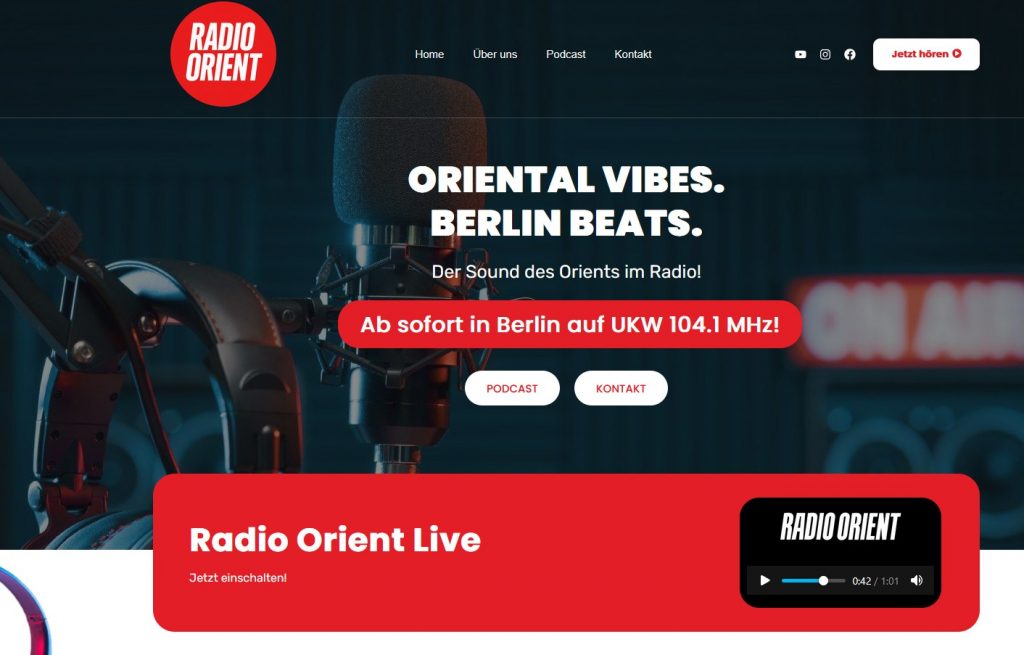
Screenshot Radio Orient
@WernerFelten (ex-Gf. Metropol FM) bringt es auf den Punkt:
„Die Frage ist nicht, ob Migranten Medien nutzen – sondern wie wir ihre kulturellen Muster in attraktive Angebote übersetzen.“
„Medien sind Brückenbauer – wenn sie wollen“
Medien sind mehr als Unterhaltung:
- Zugang zu Information = Teilhabe
- Förderung von Sprachkompetenz
- Brücken zwischen Herkunftskultur und deutscher Gesellschaft
Vielfalt ist kein Charity-Projekt
Damit bei der Frage, wie man das Programm der hiesigen Medienanbieter findet, nicht mit PC-Anwendungen und Apps geantwortet wird, hier einige Tipps.
Migration verändert Deutschland – und damit die Mediennutzung. Für Programmgestaltung und Werbung heißt das: Diversität ernst nehmen, Unterschiede verstehen und Angebote entwickeln, die Integration fördern, ohne Attraktivität zu verlieren.
Neue Werbekunden und Empfänger, auch wenn diese neuen Zielgruppen in der Regel über eine geringe Kaufkraft verfügen, stellen sie dennoch angesichts ihrer Größe eine ernst zu nehmende Sektor-Chance dar. Ein weiterer Punkt sind die zukünftigen Nutzungsgewohnheiten: Es lassen sich neue, nachweisbare Reichweiten aufbauen – und wer heute investiert, sichert sich morgen die Loyalität einer wachsenden Community.
Die Aufgabe sollte insgesamt darin bestehen, ein Medienangebot – wie hier dargestellt Radio- oder TV-Programme – für Migrantinnen und Migranten zu entwickeln, die folgende Elemente umfassen: deutschsprachige Beiträge und Nachrichten, eine konsequente Multi-Channel-Strategie zur Ansprache der Zielgruppen insbesondere über Social Media, den Aufbau von Persönlichkeiten sowie die Verfolgung klarer Bildungsziele. Integration muss dabei als zentrales Leitprinzip umgesetzt werden – durch Inhalte, die kulturelle Teilhabe fördern, Orientierung bieten und Brücken zur deutschen Gesellschaft schlagen. Gleichzeitig soll das Angebot Freude machen, denn die meisten Menschen in der Zielgruppe führen wahrlich kein leichtes Leben.

Screenshot
#Medienanstalten #ARDmedia #RadioMetropol #RadioOrient #Radio #Integration
#i-Punkt #MediaticConseils #RadioSalesWeekly
=========================================================================
ZUSAMMENFASSUNG EMPIRISCHER DATEN UND BEWERTUNGEN
Social Media ist für Informationsverbreitung und Kontakt zu anderen essenziell.
Radio bleibt führend: Laut Afrobarometer hören in Westafrika rund 67 % der Erwachsenen regelmäßig Radio, meist täglich oder mehrmals pro Woche. Fernsehen liegt bei etwa 53 %, während die Nutzung digitaler Nachrichtenquellen stark gestiegen ist – Internetnutzung hat sich von 13 % auf 40 % verdreifacht, Social Media von 20 % auf 41 % seit 2014/15. Printmedien verlieren deutlich an Bedeutung (nur noch ca. 14 %).
Zahlen für Afghanistan
Digitale Nutzung: Anfang 2025 gibt es 13,2 Mio. Internetnutzer (ca. 30,5 % der Bevölkerung) und 4,05 Mio. Social-Media-Accounts (9,4 %). Mobilfunkanschlüsse liegen bei über 22 Mio., was 51,6 % der Bevölkerung entspricht. [datareportal.com]
Medienmix: Neben Online-Angeboten sind Radio und TV weiterhin wichtig, vor allem wegen hoher Analphabetenrate und Stromausfällen. Zeitungen sind oft kostenlos verfügbar. [praxistipps.chip.de]
Wichtige Unterschiede bei der Mediennutzung von Migranten, die in Deutschland leben
- Migranten aus Afghanistan und Syrien nutzen Social Media deutlich häufiger als die Gesamtbevölkerung und verlassen sich stark auf mobile Geräte.
- Ukrainische Geflüchtete kombinieren Telegram & ukrainische Medien mit deutschen Nachrichtenquellen.
- Westafrikanische Migranten zeigen ein hybrides Muster: Social Media + Herkunftsmedien, deutsche Medien bei höherer Integration.
Quellen
- Afghanistan & Syrien: Studien zur Mediennutzung von Geflüchteten in Deutschland (u. a. BAMF, „Mediennutzung von Geflüchteten“), Social-Media-Daten aus empirischen Erhebungen [api.asm.skype.com], [bundeskanz…ramt.gv.at]
- Nahost allgemein: Befunde aus Integrations- und Medienforschung (BAMF, ARD/ZDF) [bamf.de]
- Ukraine: Mediennutzung ukrainischer Geflüchteter (u. a. DW, Forschungsberichte) [bpb.de]
- Westafrika: Muster aus Studien zu Migrantenmediennutzung und Kulturbindung [ecpmf.eu], [svr-migration.de]
- Social Media bleibt die dominante Plattform für alle Gruppen.
- TV-Nutzung ist bei Nahost-Gruppen am höchsten, bei Ukraine am niedrigsten.
- Radio-Nutzung ist besonders bei Westafrika und Afghanistan relevant, während sie bei Syrien und Ukraine geringer ausfällt.

Insgesamt lässt sich sagen, dass mangels Empirie und wegen fehlender Reichweitenkriterien-Standards wie Tages- oder Stundenreichweiten in einzelnen Medien kaum Aussagen getroffen werden können über sogenannte Leistungswerte.
Schätzungen zur Tagesreichweite von Radio und TV bei Migranten in Deutschland im Vergleich zur Gesamtbevölkerung aus einer 14 Jahre alten „ ARD/ZDF-Studie Migranten und Medien 2011“
Radio
- Migranten: Die Tagesreichweite lag bei etwa 51 %, deutlich unter dem Wert der Gesamtbevölkerung (ca. 74–79 %).
Unterschiede nach Herkunft:- Migranten aus Polen: ca. 69 %
- Migranten türkischer Herkunft: nur 33 %
- Migranten mit guten Deutschkenntnissen: ca. 56 %. [ard-media.de]
- Gesamtbevölkerung: Rund 74,5 % hören täglich Radio oder Online-Audioangebote (Mo–Fr). [agma-mmc.de] ma 2025 Audio I
TV
- Für Migranten gibt es keine aktuelle separate Tagesreichweitenzahl wie bei Radio, Studien zeigen aber:
- Fernsehen war das wichtigste Medium für alle Gruppen, mit hoher Nutzung insbesondere bei älteren Migranten vor 15 Jahren.
- Privatsender wurden bevorzugt, öffentlich-rechtliche Programme weniger, trotz positivem Image.
- Bei jüngeren Migranten nimmt die Nutzung linearer TV-Angebote ab, Streaming und Social Media gewinnen an Bedeutung. [bamf.de]
- Gesamtbevölkerung: Laut ARD/ZDF-Medienstudie sehen 73 % mindestens einmal wöchentlich lineares TV, die tägliche Reichweite liegt bei etwa 45–50 % für Informationszwecke. [deutschlan…orscher.de], [die-medien…stalten.de]
Fazit
- Migranten hören deutlich weniger Radio als die Gesamtbevölkerung, TV spielt nicht mehr wie vielleicht vor 15 Jahren eine zentrale Rolle und wurde durch digitale Angebote ersetzt.
- Herkunft und Sprachkompetenz beeinflussen die Nutzung stark: Je besser die Integration, desto höher die Nutzung deutscher Medien.
Die ma Audio-Studien sind repräsentativ für die Gesamtbevölkerung, nicht speziell für Migranten. Es gibt keine separate Ausweisung für Personen mit Migrationshintergrund in den veröffentlichten ma-Daten. Migranten werden also nicht explizit als eigene Kategorie ausgewiesen, sondern sind Teil der Gesamtstichprobe. (Quelle ARD-media)


